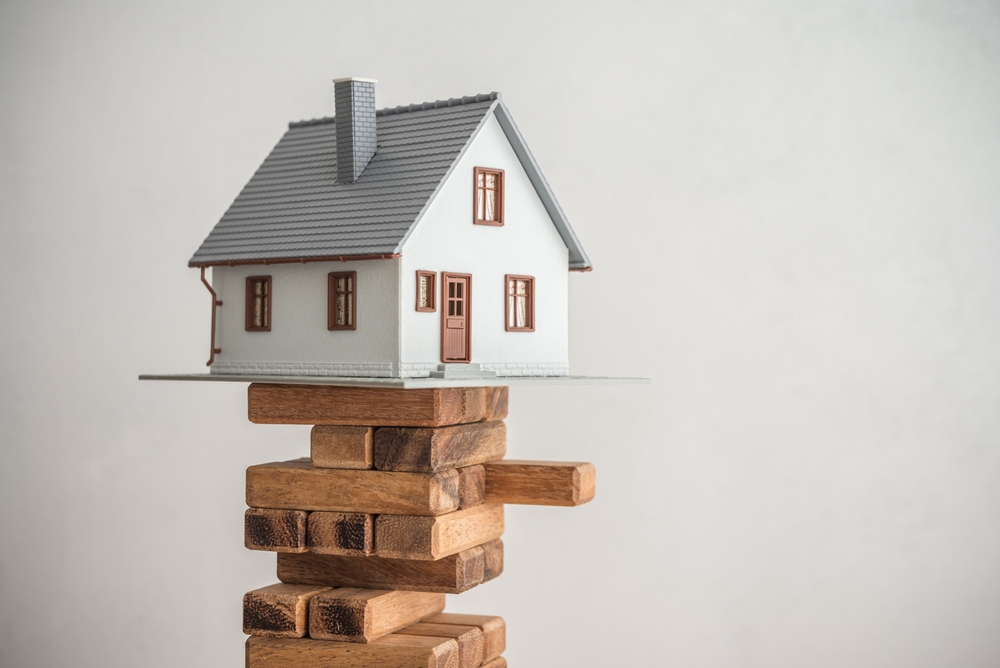Maximizing Your Home's Value: Factors and Strategies
Home value is more than the structure—it's shaped by location, market forces, property condition, and improvements. Learn how factors like age, local demand, appraisals, and strategic renovations influence property value, plus practical steps homeowners can take to protect and grow their investment.

Understanding what determines a property’s worth helps homeowners make smarter choices about repairs, upgrades, and timing for selling or refinancing. Home value is a fluid figure influenced by the physical condition of the house, its neighborhood, the broader market, and sometimes even local policy changes. Below is a practical breakdown of the principal factors and tested strategies to maintain or increase your property’s value.
How property age and condition influence value
The age of a home affects perceptions and real dollars in different ways. Newer homes often command higher prices because they tend to include modern layouts, current building standards, and fewer immediate maintenance needs. Buyers may pay a premium to avoid near-term repairs.
That said, older homes frequently sit in established neighborhoods with mature landscaping and desirable community characteristics—features that can offset concerns about age. Historic properties or well-maintained vintage homes often attract buyers willing to pay more for charm, location, or architectural detail. Ultimately, condition matters: a recently renovated older home can outperform a newer but neglected one.
The impact of renovations and which upgrades pay
Targeted improvements can substantially raise a home’s marketability and resale value. Kitchen and bathroom upgrades consistently offer some of the best returns, because buyers prioritize functional, attractive spaces in those rooms. Replacing worn cabinetry, upgrading countertops, and installing energy-efficient appliances can make a significant difference.
Other renovations that generally add value include adding livable square footage—through room additions or finishing basements—improving curb appeal with siding, paint, or landscaping, and investing in energy-efficiency upgrades like insulation, new windows, or a modern HVAC system. However, not every project yields a positive return. Luxury or overly personalized renovations may not attract broad buyer interest, and high-end finishes may not recoup their full cost in every market. Always weigh local buyer preferences and consult real estate professionals before committing to large projects.
| Project | Typical Cost Range | Estimated ROI (varies by market) |
|---|---|---|
| Minor kitchen remodel | $8,000 - $25,000 | 60% - 85% |
| Mid-range bathroom upgrade | $6,000 - $20,000 | 60% - 75% |
| Finish basement | $20,000 - $60,000 | 50% - 70% |
| Curb appeal (landscaping, paint) | $1,500 - $10,000 | 70% - 100% |
| Energy efficiency upgrades | $2,000 - $20,000 | 40% - 80% |
Cost Disclaimer: Estimates vary by region, contractor, and materials. These figures are illustrative and should be verified with local professionals.
Role of the local real estate market
Local market dynamics—supply, demand, and interest rates—drive price swings. In a seller’s market, where inventory is scarce and buyer demand is strong, prices typically rise as buyers compete. Conversely, when supply outstrips demand, prices may level off or fall.
Economic indicators tied to a region, such as job growth, population shifts, and new infrastructure or commercial developments, can also lift property values. A corporate relocation, new transit links, or improved schools and parks often make nearby neighborhoods more desirable, which drives up demand and prices.
Appraisals versus assessments: what they mean for homeowners
Appraisals and tax assessments serve distinct functions and can affect sales and perceptions differently. An appraisal is an independent market-value estimate usually required by lenders during purchase or refinancing. Appraisers analyze comparable sales, property condition, size, and location to estimate market value.
Property assessments are conducted by local governments to determine taxable value. Assessed value is used for property tax calculations but does not always match current market value. High assessments can influence buyer expectations or negotiations, even if they don’t set market price directly.
Practical strategies to protect and boost value
Regular maintenance is the foundation of preserving home value. Routine tasks—roof inspections, HVAC servicing, sealing gaps, and addressing minor structural issues—prevent small problems from becoming costly repairs and help maintain buyer confidence.
Be strategic with updates. Focus on improvements that appeal to the largest pool of buyers in your market: neutral paint, functional kitchens and bathrooms, good lighting, and efficient systems. Improve curb appeal: tidy landscaping, a fresh exterior coat of paint, and an inviting entry increase first impressions.
Document upgrades and repairs with receipts and permits. Buyers and lenders value a well-recorded maintenance history. When selling, consider staging and professional photography to highlight your home’s strengths.
Keep an eye on local planning and zoning changes. Proposed developments, schools, or transportation projects can change demand—and therefore value—quickly. Timing a sale or renovation around these changes can produce better outcomes.
Broader economic effects of changing home values
Home values matter beyond individual households. Rising values grow homeowner equity, which can spur consumer spending and provide collateral for loans and home improvements. At the municipal level, higher property values typically boost property tax revenue, funding local services and infrastructure.
However, rapid price growth can reduce affordability for first-time buyers and shift neighborhood demographics. On the flip side, falling values increase the risk of negative equity and may lead to higher foreclosure rates, affecting lenders and neighborhoods.
By understanding the mix of physical, market, and economic factors that shape property value—and by making informed, targeted investments—homeowners can better preserve and potentially increase the worth of their homes over time.






